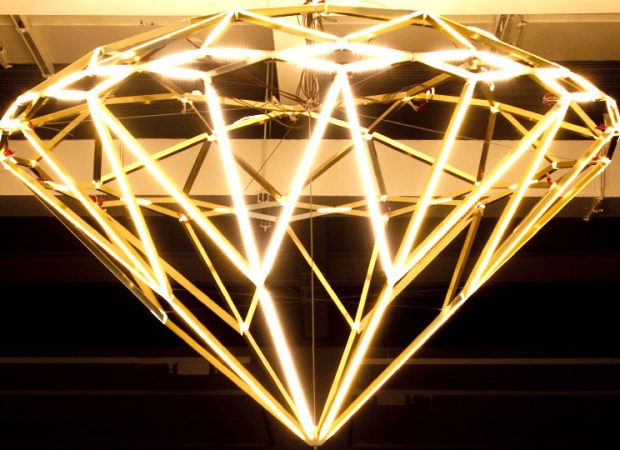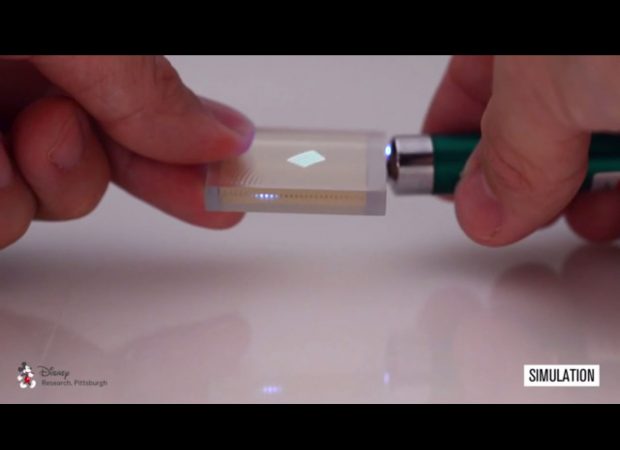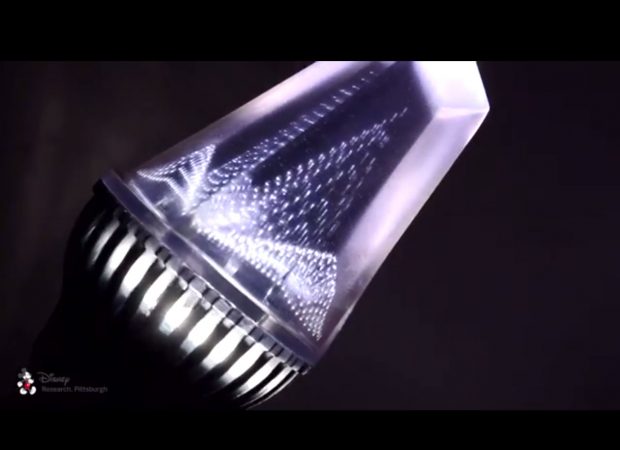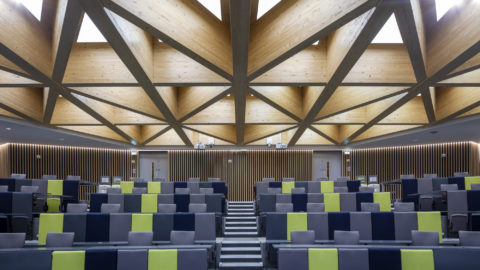Bespoke chandelier designer George Singer created his latest work, ‘Big Sexy Diamond’ with iMakr, a global leader in 3D-printing technology. The Diamond was designed and made for the new Strata art Fair at the Saatchi gallery in October 2013; “with over five thousand high-quality LEDs, provided by Ideaworks, housed in bright gold anodised aluminium ‘ribs”. The intelligent joints were all custom-made by iMakr, who recently invited Singer to discuss the piece’s production at 100% Design London. Within 3 weeks of discovering iMakr, Singer came away with a completed design and specially printed joints for the construction of the Diamond.


What is 3D printing?
3D printing or additive manufacturing is the process of building up an object from a series of printed layers. The object is created by using computer-aided design (CAD) data or other 3D digital information sent via a computer to a printer, something that varies in size from a small van to a printer you can sit on your desktop. The technology has been around for 30 years but has increased in popularity over the past decade. More recently, 3D printing has become a buzzword in the industry due to the advent of more affordable models for the general consumer.
3D printing is being used in a range of industries, from the mundane (such as extra parts for toy figures) to the medical sciences by creating supporting organs such as ears, kidneys and missing bones. This emerging technology is even being used to make water filters for third world countries, to award winning art.
Applications in the Lighting Industry
Due to the huge advancements in this technology, designers, architects and manufacturers are realising the possibilities that 3D printing allows. Many are using it for prototyping and creating small-run versions of products to determine their popularity in the market. Others are using it for complicated architecture, such as for the free University of Berlin, whereby Foster and Partners used 3D printing to create an elaborate model of the structure which could not have been done using conventional methods.
Within Technologies used 3D printing to create a honeycomb-effect engine component with intricate cooling channels to create a more efficient product. It was lighter, used less material which reduced waste, and allowed them to create a very detailed structured that was better for the environment. This same cooling feature could be applied to lighting products.
One of the most exciting features of 3D printing for the lighting market is its bespoke and customisable nature. Fixtures and fittings can be created to suit all sizes and styles leading to innovative and creative lighting in homes, offices and retail spaces. There is already customisable lamp shades on the market and more and more sites are offering bespoke 3D printed objects. In the hands of a professional lighting company, this could revolutionise bespoke lighting manufacture. If an old listed building, for example, had some unsightly holes in the walls – 3D printing could craft a light installation that fitted seamlessly into the crevice making it look considered and almost purposeful. If clients are looking for certain lighting structures or styles but find the mass produced products too large, then variations might be created that retain the style but fit the buildings’ dimensions.
The technology is also poised to incorporate more conductive materials which means that a lighting control system could be more like a tablet computer as dimmer switches could be created in any shape or colour. This freedom from the old structure would mean you could decide how you interact with a buildings lighting.
As the 3D printing industry continues to improve, we will see more and more bespoke lighting manufacturers adding the technology to their array of machines in order to provide a high end specialist service that is both innovative and distinct.
“Printed Optics is a new approach to creating custom optical elements for interactive devices using 3D printing. Printed Optics enable sensing, display, and illumination elements to be directly embedded in the body of an interactive device. Using these elements, unique display surfaces, novel illumination techniques, custom optical sensors, and robust embedded components can be digitally fabricated for rapid, high fidelity, customized interactive devices.”
Watch this short film on Disney research into printed optics.


